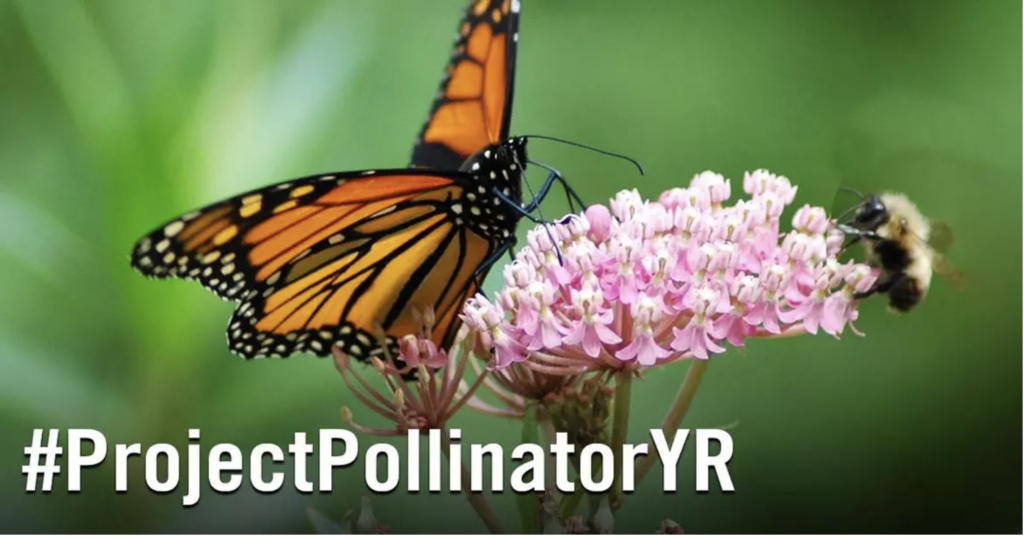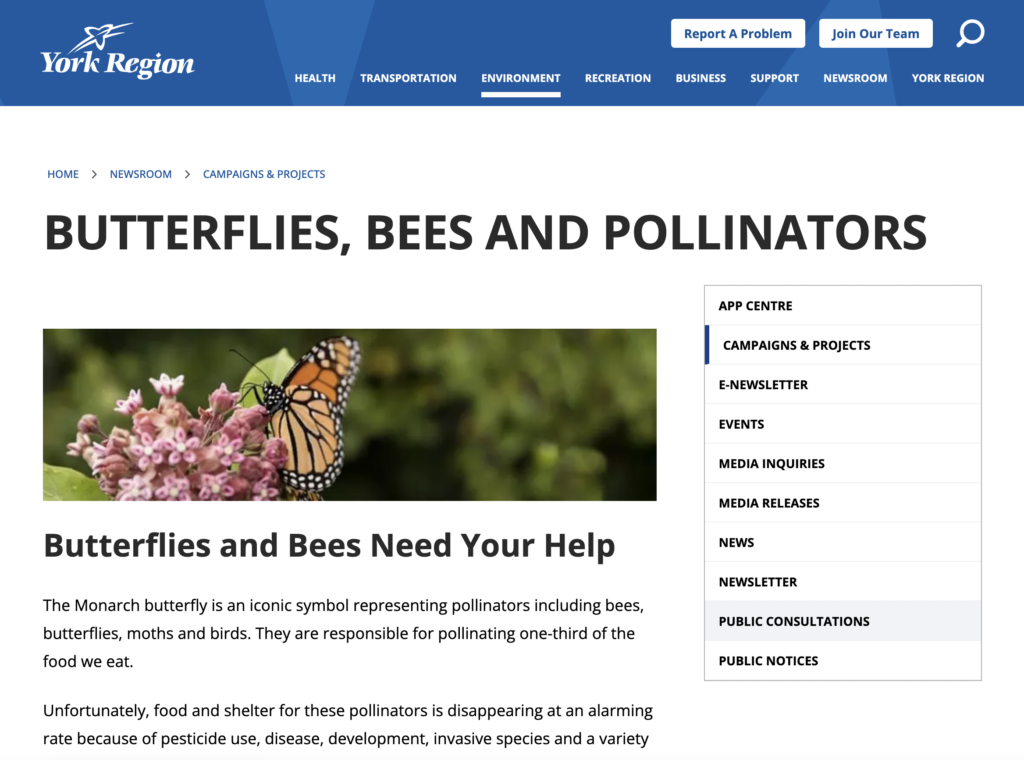A couple of weeks ago, my Digital Media Marketing class had the opportunity to listen to and learn from Caroline Berryman, the manager for Communications, Community Engagement and Marketing for York Region. York Region, for readers not necessarily expert in the field of Southern Ontario geography, is a sprawling municipality that stretches from the northern border of the City of Toronto up to the southern shore of Lake Simcoe with a population that has more than doubled to over 1.1 million in the last 30 years.
Ms. Berryman spent 13 years in the private sector as a retail marketer before moving into the public sector and she spoke to us about the importance of continually upgrading our skills and being nimble to maintain relevance in the marketing field. The ability to multi-task and to “take on new [and] additional responsibilities” on any given work day is just a fact of life for the modern marketer, so the job, as a whole, demands the constant acquiring of new information and methodology.
This would be no less important in the public sector than with a private company. To my own way of thinking, a public sector marketing position could vastly increase the potential number of people possibly affected by the information you’re tasked with conveying. Where you may have once been pushing a new shoe to young hikers, you may now be trying to inform the entire community amount the status of hiking trails. Or of water safety. Or road works. Or community health initiatives.
Knowing the audience you are trying to communicate with, how best to reach them and how to get them to involved in your initiatives make for a goal with an ever-shifting finish line. In terms of digital platforms, this means taking a more holistic approach to things. Making sure that owned websites work properly for multiple devices and platforms, that information is easy to find and updated, that you stay up-to-date on social media platforms and knowing how and where to reach your intended audience and that everything you do is measurable so that both current and future campaigns can be optimized to ensure maximum engagement.
Caroline defined social marketing for us as an educational campaign that can influence positive behavioural changes, benefit individuals and communities and sell ideas rather than just products.

In a case study involving the reclamation of a vacant piece of land that has becoming a dumping site for some ne’er-do-wells with the creation of a new wildflower meadow. The meadow, which would attract pollinating bees and butterflies in the York Region city of Richmond Hill, and the project to create it, would hopefully become a template for similar efforts across York Region. The class discussed multiple ideas for getting the community adjacent to the site involved in the project. From recruiting volunteers and holding contests at the local schools to producing both leaflet and social media campaigns from the surrounding neighbourhood to community events at the site, we pondered what could be done efficiently and effective to educate and engage with the populace who will undoubtedly benefit from this green project.

The idea of communicating with an actual physical region (a town, a city, a province) to hopefully share information that will benefit them and their neighbours… information that keeps them safe or healthy or entertained or educated… that hopefully strengthens them as a community… is a very appealing one and, as this lecture clearly showed, no less creative, challenging or personally fulfilling for being in the public rather than private sector.
